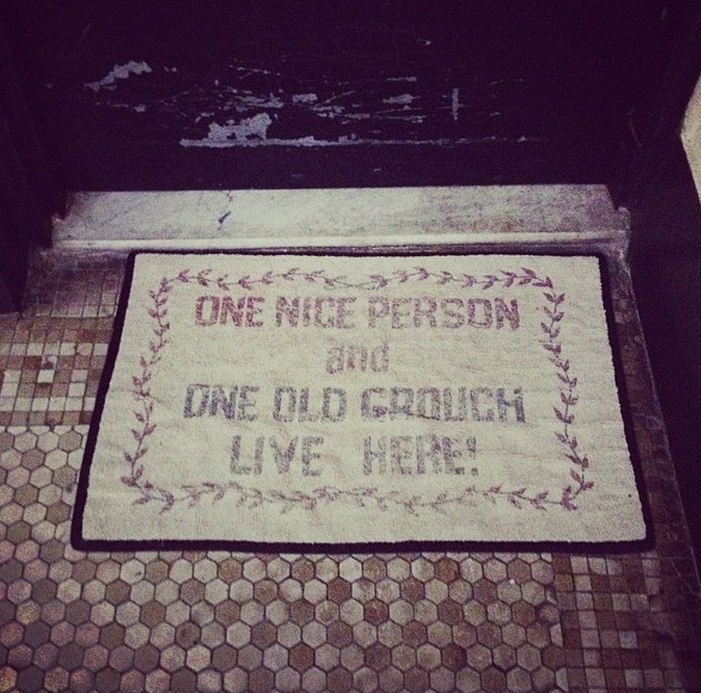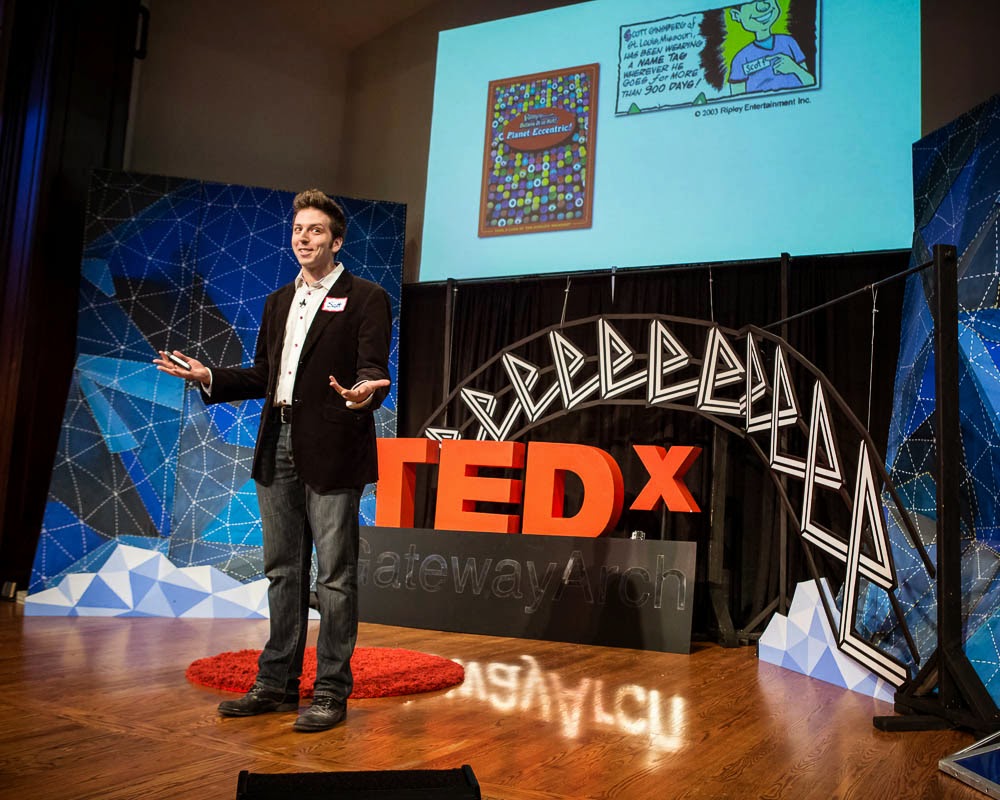

All creativity begins with the moment of conception.
That little piece of kindling that gets the fire going. That initial source of inspiration that takes on a life of its own. That single note from which the entire symphony grows. That single spark of life that signals an idea’s movement value, almost screaming to us, something wants to be built here.
And so, in this new blog series, I’m going to be deconstructing my favorite moments of conception from popular movies. Each post will contain a video clip from a different film, along with a series of lessons we can learn from the characters.
Today’s clip comes from the opening scene scene in The Flintstones:
What can we learn?
Create rituals
of leave taking.Flintstone is crane operator at a construction company who
moves rocks for a living. Every afternoon at quitting time, when he hears
the coveted sound of the alarm, he slides down the dinosaur’s tail, punches the
time clock and heads home. Standard operating procedure for the rock quarry. Of
course, most creative professionals don’t have that luxury.We’re artists whowork in
nontraditional or home based environments that don’t containnatural boundaries. And so,it’s
important that we createrituals of leave
taking.Microstructures that celebrate the completion of a period of work,
slow down the creative process and set healthy boundaries to demarcate the line
between work and nonwork. For many years, I kept a classic hotel concierge call
bell on my desk. And every day when I finished my mission piece, I slammed my
hand bell as hard as I could. Initially, it was sort of a joke. But what I
found was, the physical movement of hitting the bell combined with the piercing
chime that echoed through the room was deeply satisfying.Are you
adopting the right mindset when working at home by placing punctuation marks
throughout your day?
The abrupt discontinuation of creativity.Flintstone doesn’t take his work home with him.
Within minutes of leaving the jobsite, he’s already at the drive in, relaxing
with his family and letting the distress of the day melt away.Must be nice.Artists don’t
have this luxury. In fact, there’s a long withdrawal process after we’ve been
working on something for a while, similar to that of a drug addict.We may not experience the
headaches, insomnia and tremors of opiate users, for example, but depending on
the extent of our reliance on the highly addictive substance known as creation,
we may require a certain amount of psychological readjustment. In my own
experience, artistic withdrawal manifests in the form of anxiety. For me, thepain of having not created anything trumps everything. More than
rejection, more than mediocrity, more than loneliness, when I stop making
things, I grow claustrophobic. Quickly.What can I say? I’m genetically wired for prolificacy. It’s
simply my nature. I’m happier when I’m being productive. But the good news is,
I know that about myself. And so, I can properly recognize, endure and
domesticate my withdrawal symptoms.What
tools do you have for negotiating the inevitable creative rapids?
Go pro or go
home. Flintstone
is the typical sixties blue collar worker, constantly scheming ways to improve
his family’s working class lot in life. And what I love most about his
character is, he literally represents grit. Thick skin. Hard work. A regular
guy who endures the pure, unromantic slog of production, every day. Modern
artists could learn a thing or two from his archetype. As people with romantic
personalities, delicate skin and a hypersensitive relationship to the world,
perhaps little rock dust on our boots might do us some good. Pressfield
famously wrote that the muse favors working stiffs. Mercenaries.
Guns for hire. Creators who implant the proper humility. And so, this scene is
a reminder that we have a responsibility to treat our work as a daily practice. To professionalize our art. Despite
our nonconformist values and anti-establishment reputation, every artist
is a working man. A bronto crane operator. We punch in. We sit down and do our
work. And we respect what we do. Or in this case, what we yabba dabba do. How
are you using daily momentum to keep yourself from feeling detached from the
creative process?
What did you learn?
* * * *
Scott Ginsberg
That Guy with the Nametag
Author. Speaker. Strategist. Filmmaker. Publisher. Songwriter.

Never the same speech twice. Customized for your audience. Impossible to walk away uninspired.
Now booking for 2014-2015.
Email to inquire about fees and availability. Watch clips of The Nametag Guy in action here!
